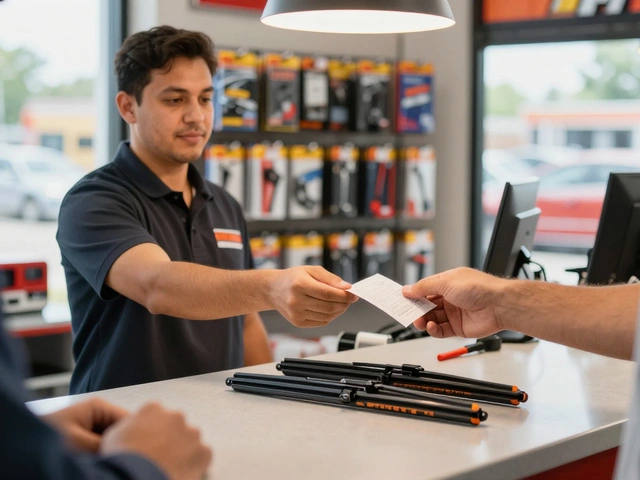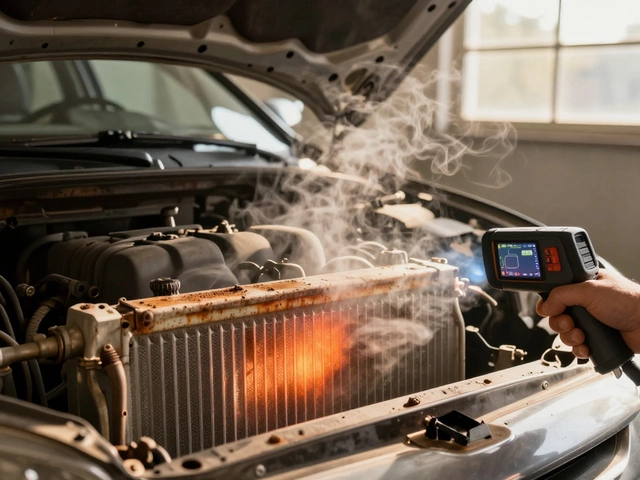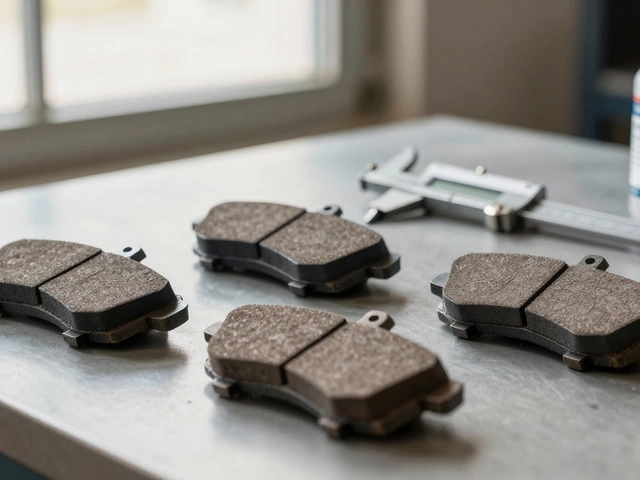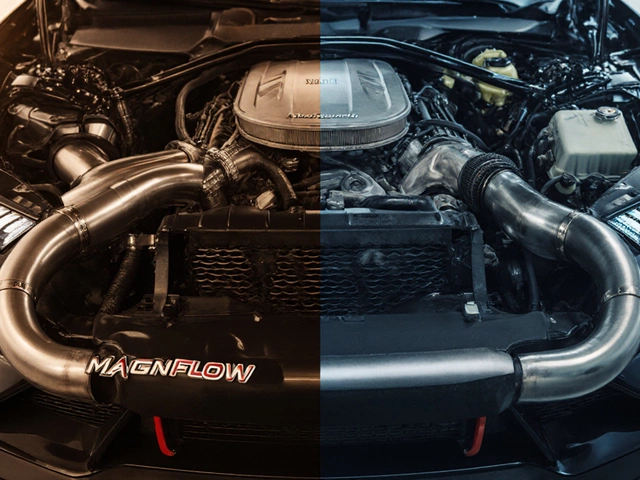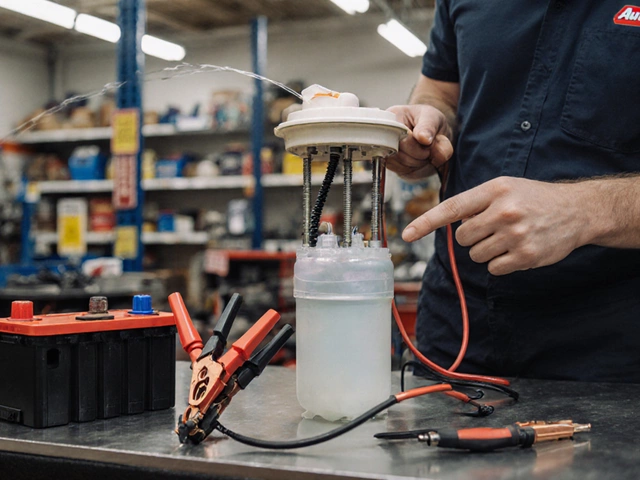Cooling System: What It Is, How It Works, and What Can Go Wrong
When your engine runs, it gets hot—really hot. Without a working cooling system, a network of parts that regulates engine temperature by circulating coolant through the engine and radiator. Also known as engine cooling system, it’s the reason your car doesn’t turn into a melted mess after 20 minutes on the highway. This isn’t just about comfort. A failed cooling system means your engine will overheat, warp parts, and possibly seize up—costing you thousands.
The heart of the cooling system is the radiator, a metal heat exchanger that pulls heat out of the coolant as air flows through it. It works with the thermostat, a valve that opens and closes to control coolant flow based on engine temperature. Then there’s the coolant, a mix of water and antifreeze that moves heat away from the engine. And don’t forget the water pump, hoses, and fan—all working together to keep things cool. Skip maintenance on any one of these, and the whole system starts to fail.
You don’t need to be a mechanic to spot trouble. If your temperature gauge climbs higher than normal, if you see steam under the hood, or if you’re constantly topping off coolant, your cooling system is sending a warning. A bad radiator can leak. A stuck thermostat can trap heat. Old coolant turns acidic and eats away at metal parts. These aren’t abstract problems—they’re real, common, and preventable.
That’s why the posts here focus on what actually matters: how to spot a failing radiator before it leaves you stranded, why coolant type matters more than you think, what happens when the thermostat goes bad, and how to avoid the most expensive mistake—driving with an overheating engine. You’ll find real-world fixes, cost breakdowns, and step-by-step checks anyone can do. No fluff. No jargon. Just what you need to keep your engine running cool, even in the middle of summer.
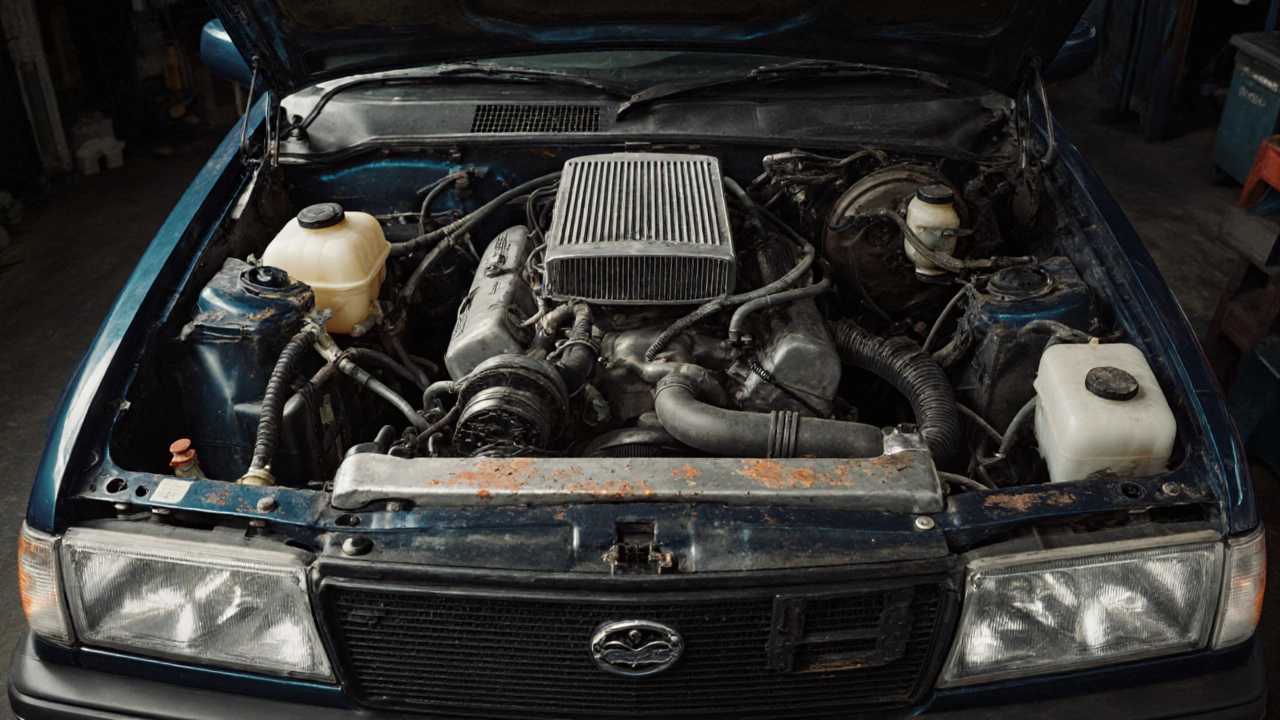
Why Are Car Radiators No Longer Used in Modern Vehicles?
Modern cars no longer rely on traditional radiators thanks to electric cooling systems, distributed heat exchangers, and smarter thermal management. Here’s why the radiator is being phased out-and what replaced it.
CONTINUE READING